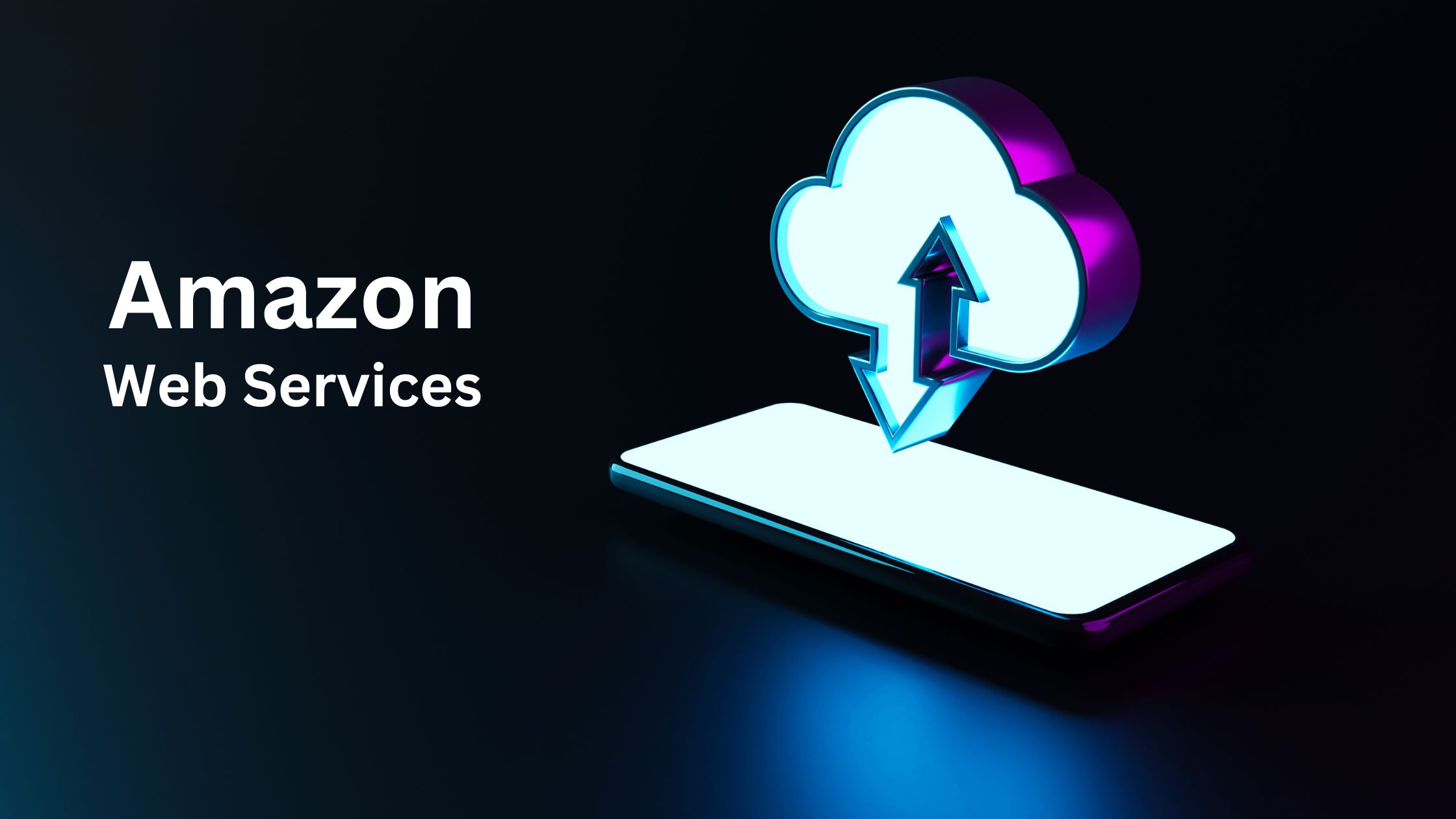Blockchain technology has revolutionized the way we think about financial transactions and data security. One of its most promising applications is in the development of exchange platforms, where users can trade assets securely and transparently. In this article, we will guide you through the process of developing an exchange platform using blockchain technology, covering key concepts, technical considerations, and best practices.
1. Understanding Blockchain Technology
Blockchain is a decentralized, distributed ledger technology that ensures transparency, immutability, and security of data. It consists of a chain of blocks, each containing a set of transactions, linked together using cryptographic hashes. This technology eliminates the need for intermediaries, enhances security, and allows for tamper-proof record-keeping.
2. Defining the Exchange Platform
Before diving into technical aspects, define the scope and features of your exchange platform. Will it support cryptocurrency trading exclusively, or do you plan to include tokenized assets, like real estate or commodities? Determine the target audience, supported trading pairs, and regulatory considerations.
3. Selecting the Blockchain Platform
Choose a suitable blockchain platform for your exchange. Ethereum, Binance Smart Chain, and others offer smart contract capabilities ideal for creating decentralized applications like exchanges. Consider factors like scalability, transaction fees, and developer support when making your decision.
4. Smart Contracts Development
Smart contracts are self-executing agreements that automate processes without intermediaries. Develop smart contracts for functionalities like order matching, trade execution, and asset management. Audit your smart contracts thoroughly to ensure security and accuracy.
5. User Wallets Integration
Integrate user wallets to facilitate deposits, withdrawals, and trading. Wallets store users’ private keys, enabling them to securely manage their funds. Provide support for both hot wallets (connected to the internet) and cold wallets (offline storage) for enhanced security.
6. Order Matching and Execution
Implement an order matching engine that pairs buy and sell orders efficiently and fairly. Utilize techniques like limit orders, market orders, and time priority to ensure optimal trading experiences.
7. Liquidity Management
Liquidity is essential for a successful exchange platform. Consider implementing liquidity pools, where users can contribute assets to facilitate trading. Incentivize liquidity providers with rewards.
8. Security Measures
Security is paramount in developing blockchain-based exchange platforms. Utilize multi-factor authentication, encryption, and hardware security modules to safeguard user data and funds. Regularly conduct security audits and penetration testing to identify vulnerabilities.
9. Regulatory Compliance
Ensure your exchange complies with relevant regulations and licenses in the jurisdictions you plan to operate. Know Your Customer (KYC) and Anti-Money Laundering (AML) procedures are critical to prevent illicit activities.
10. User Interface (UI) and Experience (UX)
Design an intuitive and user-friendly interface for your exchange. Provide features such as real-time price charts, trading history, and order book visualization. Optimize the platform’s performance to handle high trading volumes.
11. Testing and Deployment
Thoroughly test your exchange platform in a controlled environment before deploying it to the mainnet. Simulate various scenarios, like high trading loads and edge cases, to ensure the platform’s stability and responsiveness.
12. Launch and Marketing
Once testing is successful, launch your exchange platform on the mainnet. Implement a strategic marketing plan to attract traders and liquidity providers. Engage with the community through social media, forums, and educational content.
Conclusion
Developing an exchange platform using blockchain technology requires a deep understanding of both blockchain concepts and trading mechanisms. By following this comprehensive guide, you’ll be well-equipped to create a secure, transparent, and efficient exchange platform that caters to the growing demand for decentralized trading solutions. Remember that continuous improvement, security updates, and customer feedback will be essential for the long-term success of your platform.









